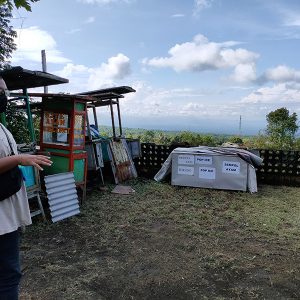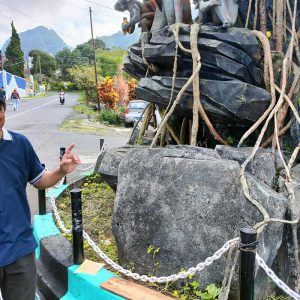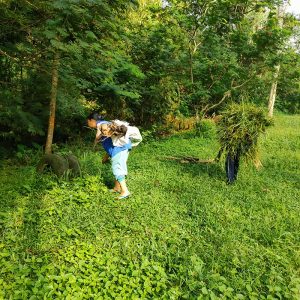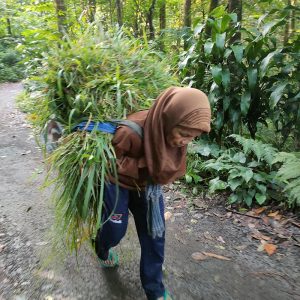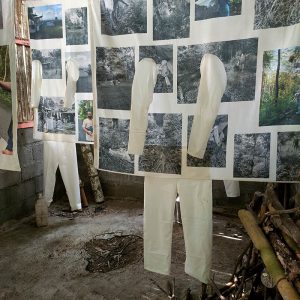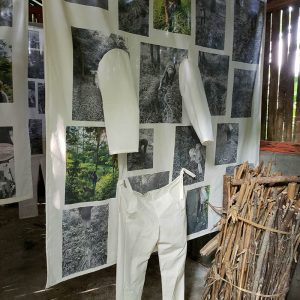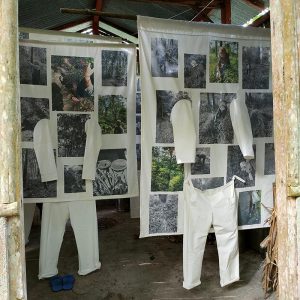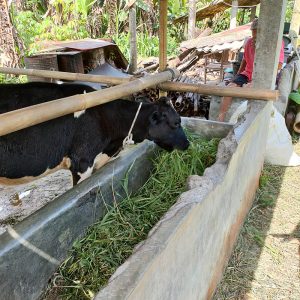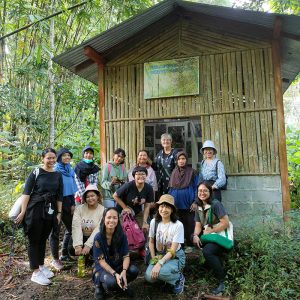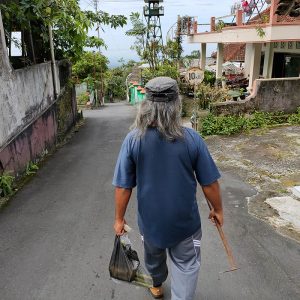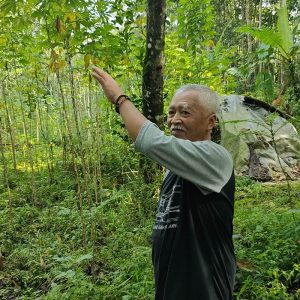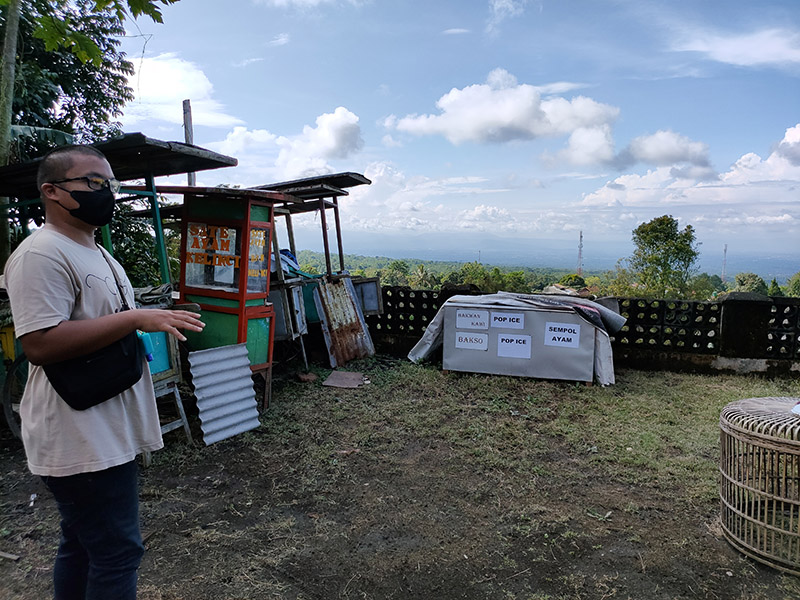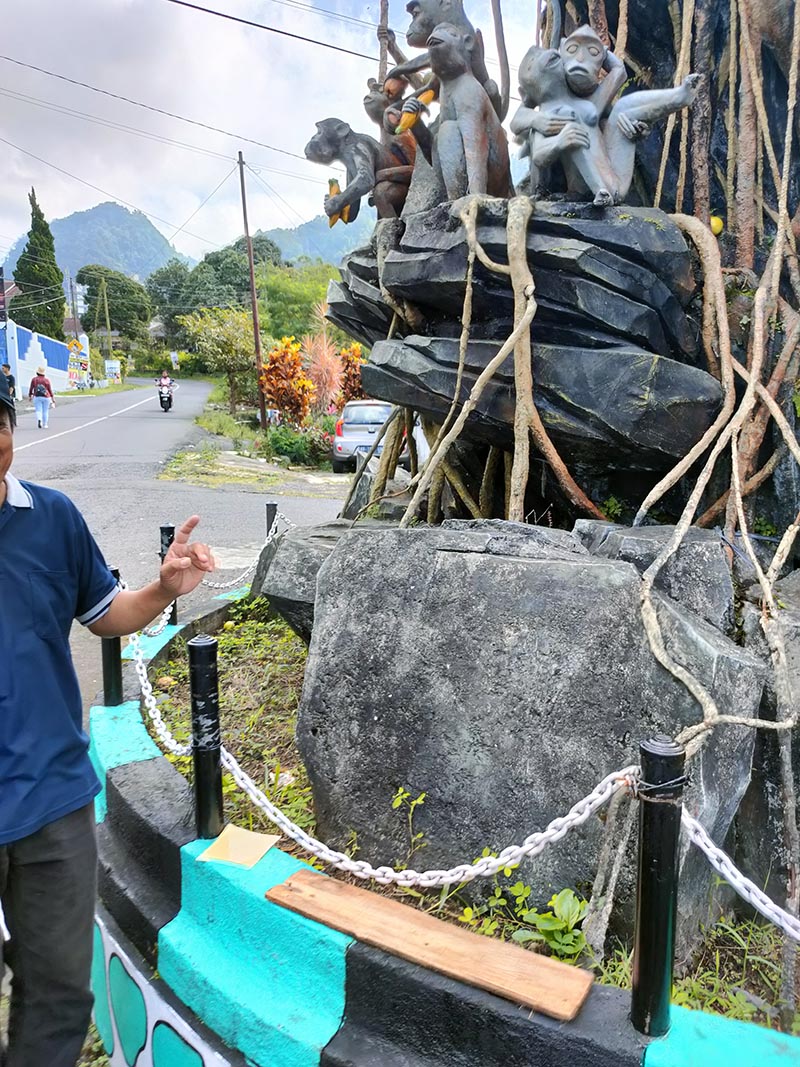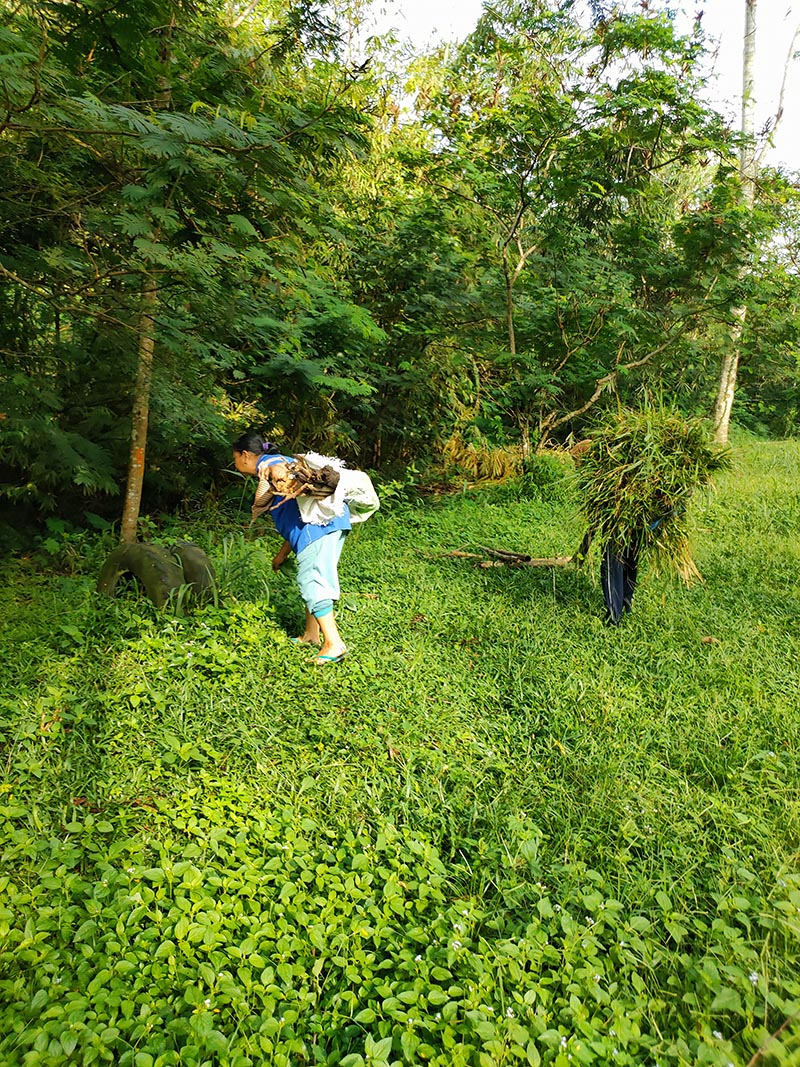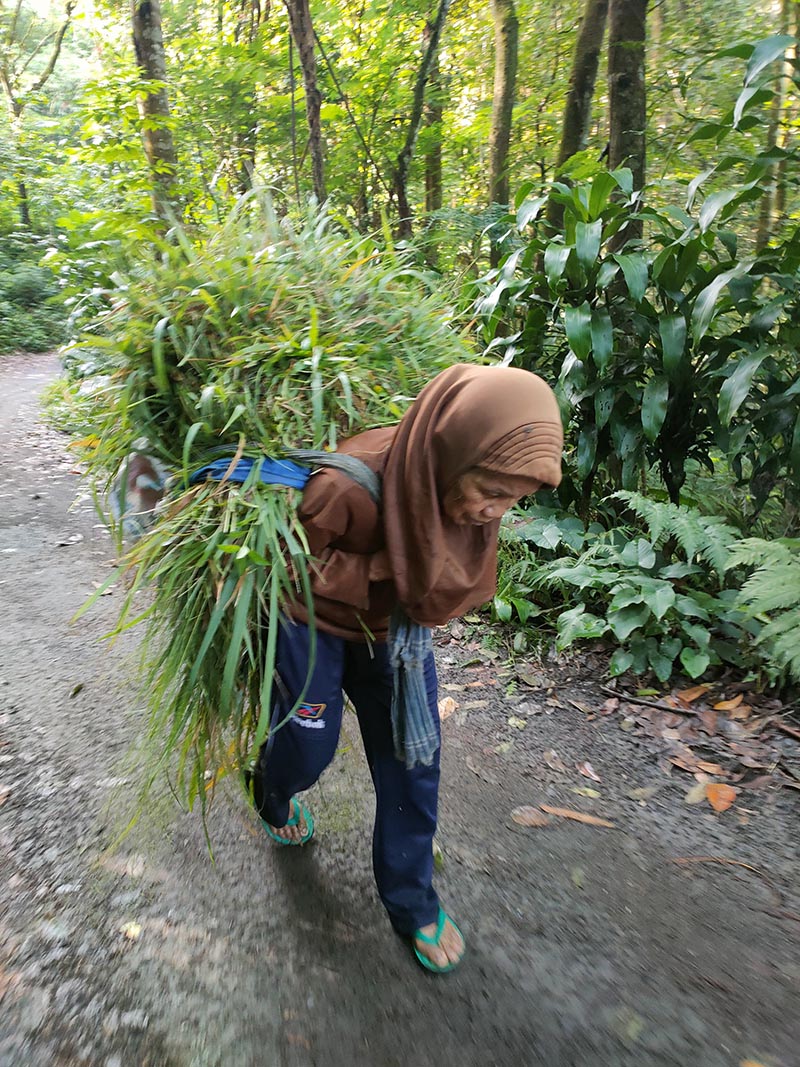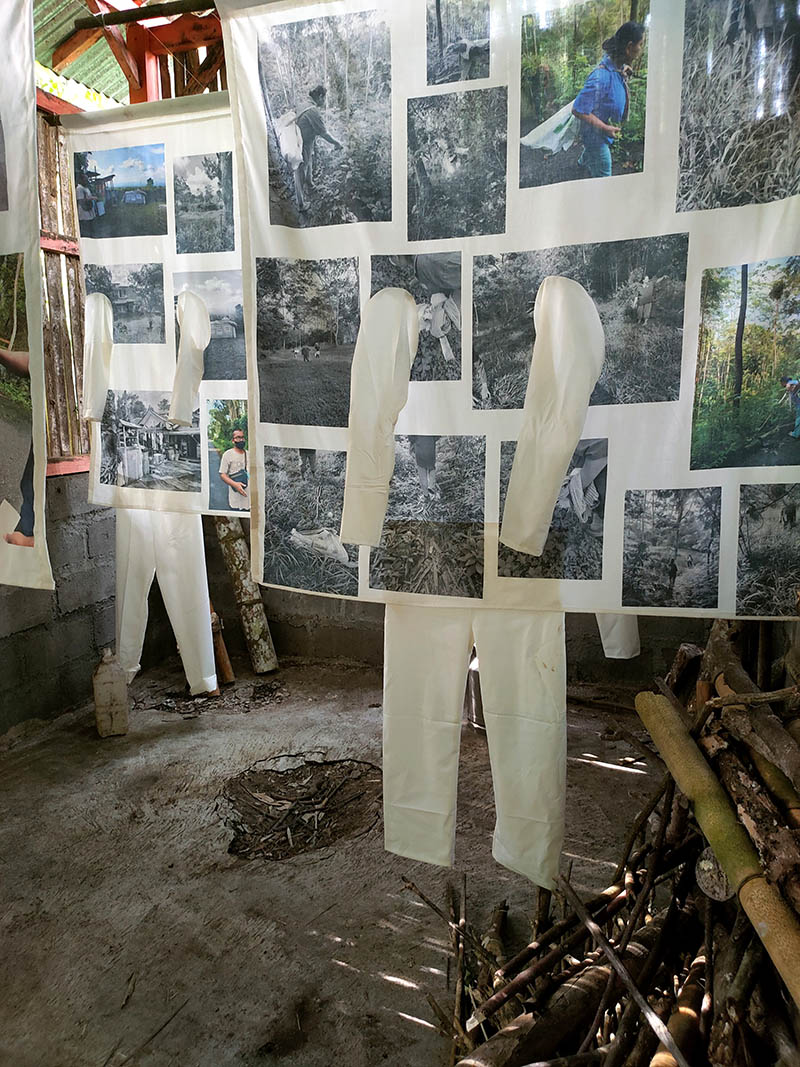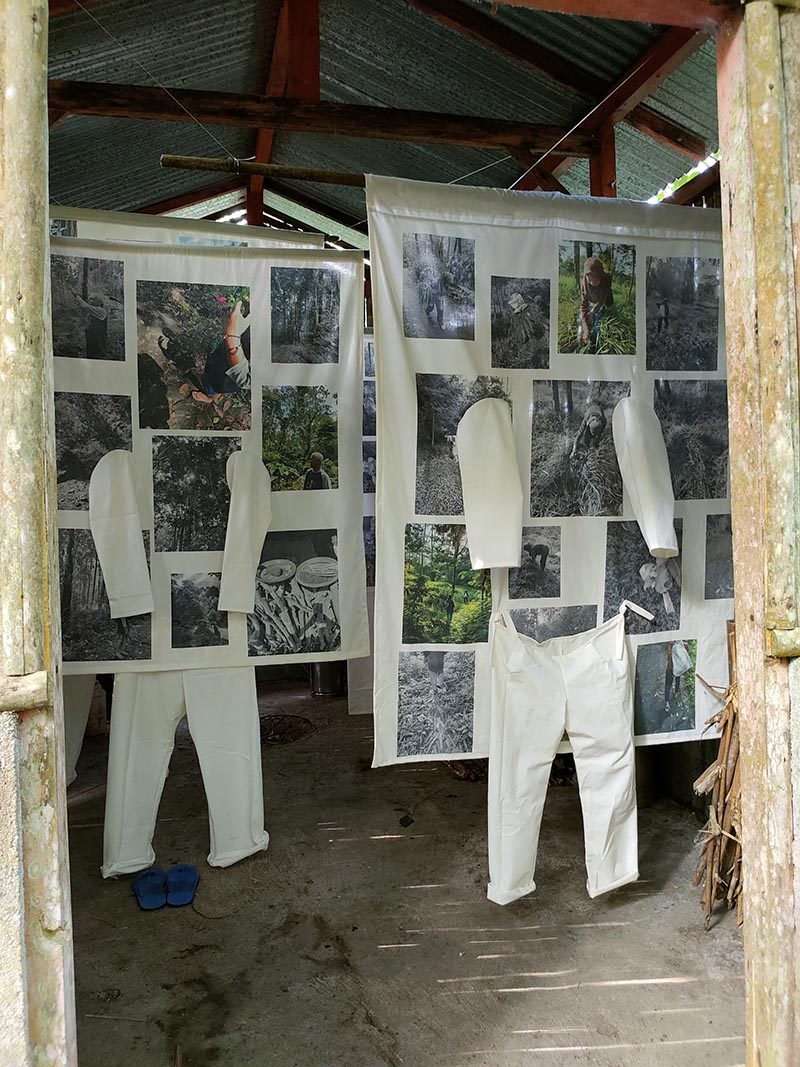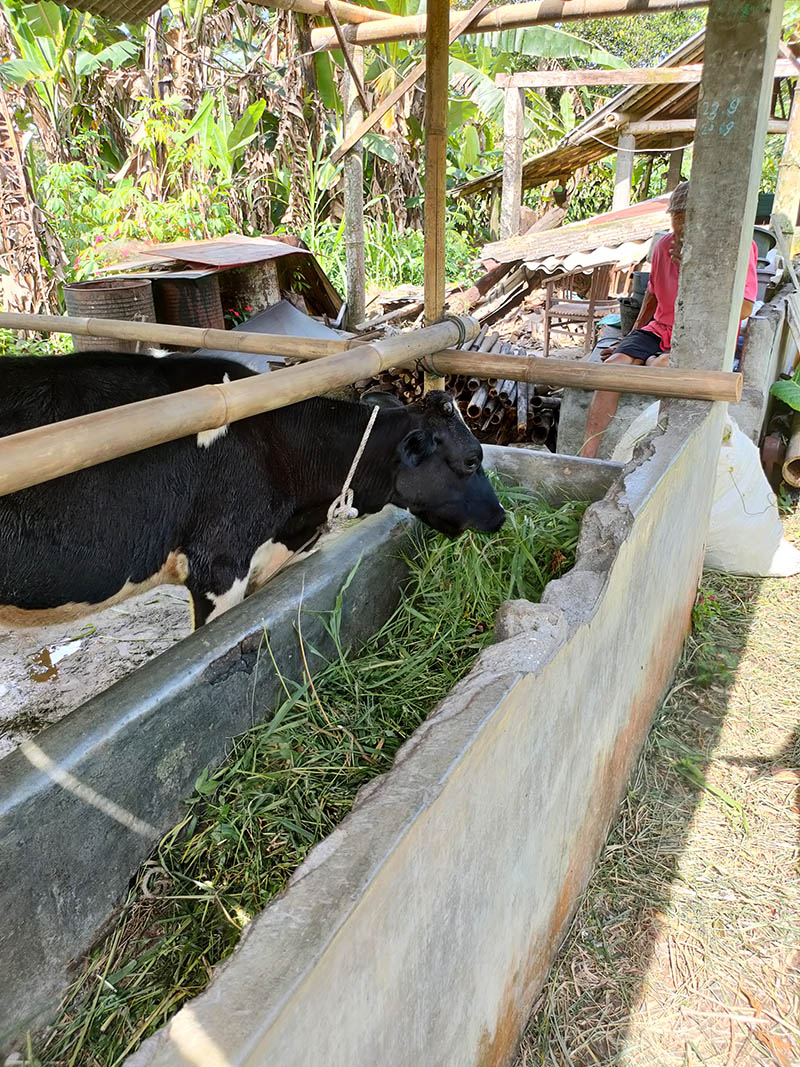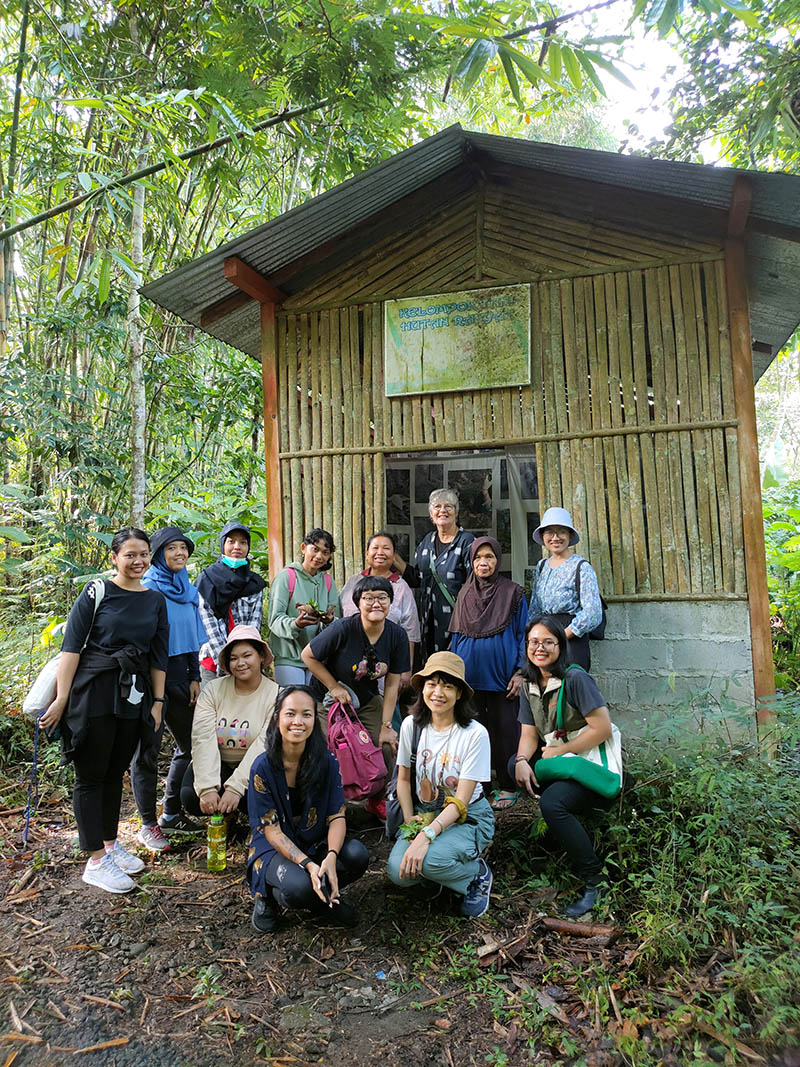“What Persists? : Memory Walks” is a collaborative project initiated through a dialogue among artists WeiZen Ho, Alan Schacher, and writer Philip Mar from Australia, along with artist Mella Jaarsma and curator Mira Asriningtyas from Indonesia. As part of the 2022 Critical Path Research Residency Australia – Asia exchange, this project involves parallel series of walks and research conducted in Kaliurang, Indonesia, and the Blue Mountains, Australia, throughout the duration of the residency.
The essence of “What Persists? : Memory Walks” lies in the idea of walking as a method of gathering stories, memories, and histories—ultimately contributing to a collective act of place-making. Utilizing walking as a research approach, the project aims to activate body memories and create a social choreography based on enduring symbols in individuals’ memories.
Through the ongoing “What Persists?: Memory Walks” initiative, I has engaged with local residents in Kaliurang, inviting them to share significant walking routes in their lives. In the initial phase of the research, I conducted five series of walks with six individuals who have lived their lives in Kaliurang and its vicinity.
Walk #1
Pak Tarman, a craftsman with expertise in bamboo and other materials, shared insights into the history of poverty in Kaliurang during the 60s-80s. The conversation touched on survival strategies, including receiving government-provided cows, the practice of producing milk tofu from colostrum, and the ecological challenges resulting from forest compromises.
Walk #2
Mas Ardian, a recent IT graduate, guided the walk through Kaliurang’s residential area, recounting childhood memories and sharing stories about specific locations linked to events and horror stories. His narrative included a significant site related to riots in 2000/2001, showcasing the divergence between factual events and local myth-making.
Walk #3
Ibu Parmi and Ibu Sutilah
Ibu Parmi, a grass collector, and Ibu Sutilah, a wood collector, provided insights into their daily lives. The walk revealed stories of cow-rearing practices, milk production, and the ecological impact of wood collecting. The participants discussed their traditional methods and the symbiotic relationship between humans and nature.
Walk #4
Pak Barokah
Pak Barokah, an artist and craftsman, discussed environmental changes in Kaliurang, emphasizing the disappearance of iconic shrimps and shifts in the local mentality. The walk also touched upon his major monuments, highlighting challenges faced during their restoration.
Walk #5:
Pak Totok
Retired civil servant Pak Totok shared his solo journey of creating a forest garden during the COVID-19 pandemic. His philosophy, centered on giving back to nature, was evident as he explained his close relationship with the environment and his efforts to inspire a positive connection between humans and nature. The walk showcased his dedication to cultivating an open space in the forest.
These walks illuminate diverse perspectives, capturing the essence of the community’s lived experiences and contributing to a rich tapestry of memories within the landscape of Kaliurang.
The culmination of this project was shared with a broader audience through participation in ‘900mdpl: Genealogy of Ghosts and How to Live with Them,’ an event organized by Lir Space in Kaliurang, Indonesia. For this occasion, I curated an installation situated in a forest shed. Additionally, I designed guided walking tours for a group, featuring insights from Pak Tarman, Ibu Parmi, and Ibu Sutilah.
